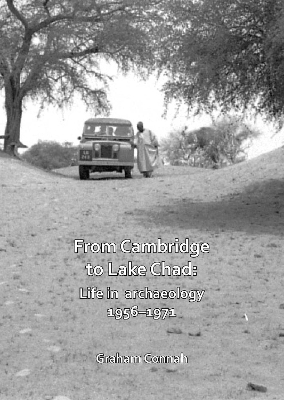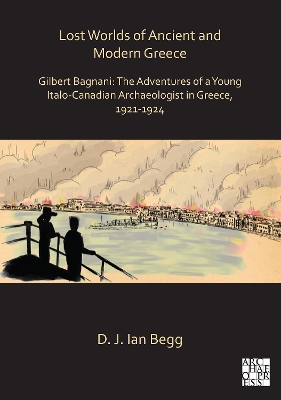Archaeological Lives
2 total works
From Cambridge to Lake Chad: Life in archaeology 1956–1971
by Graham Connah
Published 31 January 2019
This book is about how the author became an archaeologist at a time when opportunities for employment were rare and how he worked as a field researcher in West Africa and wrote about his work there. It traces his archaeological training and employment at Cambridge and his practical experience on British excavations and explains how he became one of the pioneers of Nigerian archaeology during a decade in that country. It is not so much a study of the archaeology that was done, as an account of how it was done; its circumstances, organization, and economic and social and cultural context. As a result, it is both a professional and personal account, for these two aspects of life were inseparably intertwined, his wife Beryl becoming an integral part of the story. Other archaeologists and many non-archaeologists also feature in the account. The period in Nigeria from 1961 to 1971 included the Nigerian Civil War from 1967 to 1970, when archaeological work continued with difficulty. Both circumstances and preference meant that the author always worked with a labour team of Nigerians and with Nigerian assistants, of whom few had any experience in archaeology and none had any formal training; there were no postgraduates or others from outside the country. Success in excavations in Benin City, in the south of the country, and in Borno, in its far north-east, was as much the achievement of those Nigerians as it was the author’s.
By day, young Gilbert Bagnani studied archaeology in Greece, but by night he socialised with the elite of Athenian society. Secretly writing for the Morning Post in London, he witnessed both antebellum Athens in 1921 and the catastrophic collapse of Christian civilisation in western Anatolia in 1922. While there have been many accounts by refugees of the disastrous flight from Smyrna, few have been written from the perspective of the west side of the Aegean. The flood of a million refugees to Greece brought in its wake a military coup in Athens, the exile of the Greek royal family and the execution or imprisonment of politicians, whom Gilbert knew.
Gilbert’s weekly letters to his mother in Rome reveal his Odyssey-like adventures on a voyage of discovery through the origins of western civilisation. As an archaeologist in Greece, he travelled through time seeing history repeat itself: Minoan Knossos, Byzantine Constantinople and Ottoman Smyrna were all violently destroyed, but the survivors escaped to the new worlds of Mycenaean Greece, Renaissance Venice and modern Greece.
At Smyrna in the twentieth century, history was written not only by the victors but was also recorded by the victims. At the same time, however, the twentieth century itself was so filled with reports of ethnic cleansings on such a scale that the reports brutalized the humanity of the supposedly civilized people reading about them, and the tragedy of Smyrna disappeared from public awareness between the cataclysmic upheavals of the First and Second World Wars.
Gilbert’s weekly letters to his mother in Rome reveal his Odyssey-like adventures on a voyage of discovery through the origins of western civilisation. As an archaeologist in Greece, he travelled through time seeing history repeat itself: Minoan Knossos, Byzantine Constantinople and Ottoman Smyrna were all violently destroyed, but the survivors escaped to the new worlds of Mycenaean Greece, Renaissance Venice and modern Greece.
At Smyrna in the twentieth century, history was written not only by the victors but was also recorded by the victims. At the same time, however, the twentieth century itself was so filled with reports of ethnic cleansings on such a scale that the reports brutalized the humanity of the supposedly civilized people reading about them, and the tragedy of Smyrna disappeared from public awareness between the cataclysmic upheavals of the First and Second World Wars.

